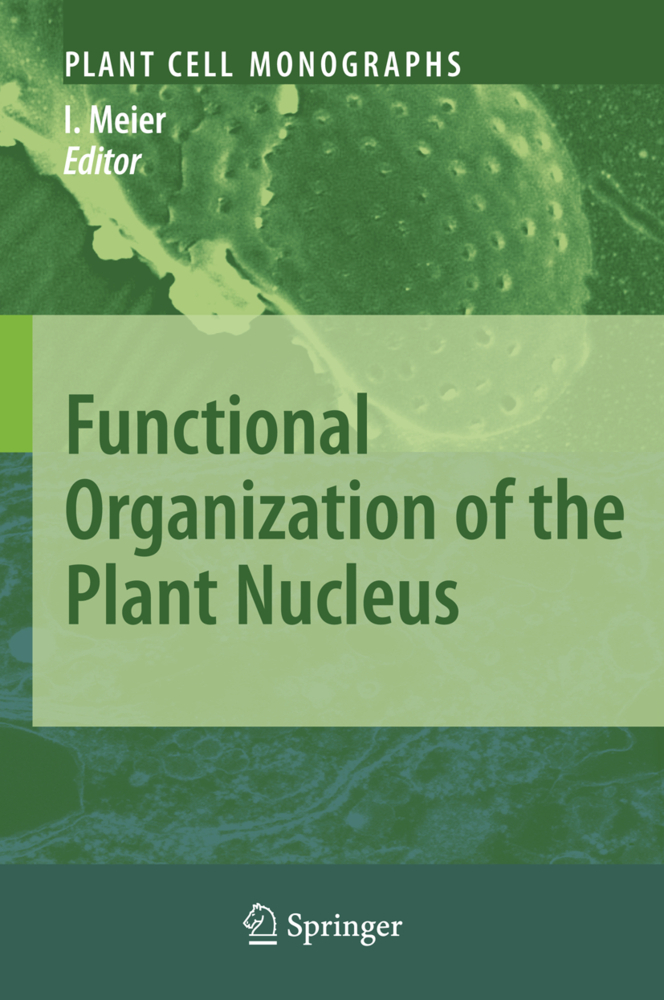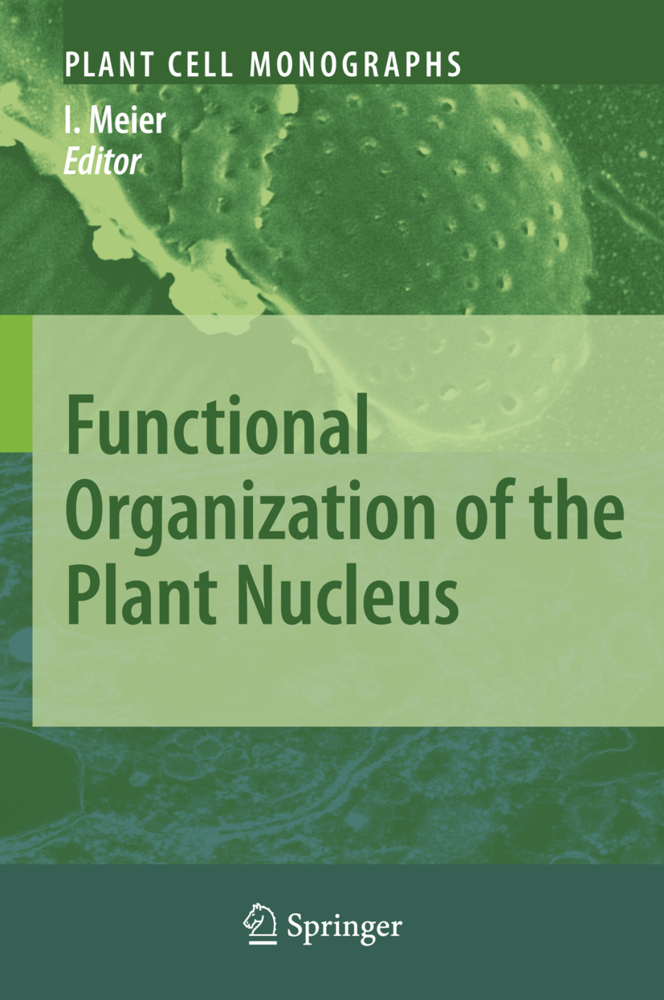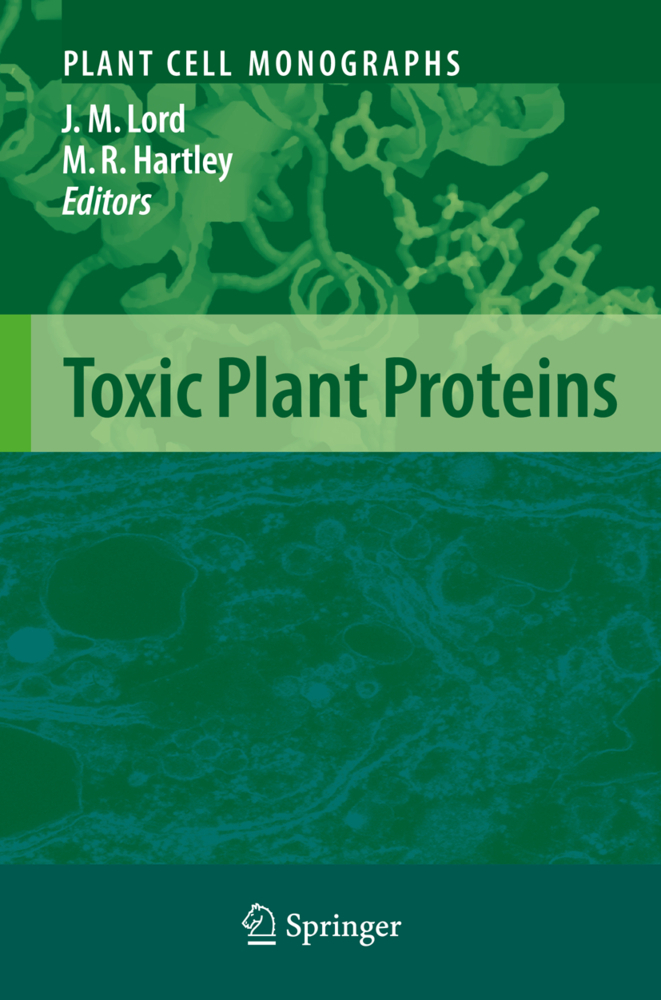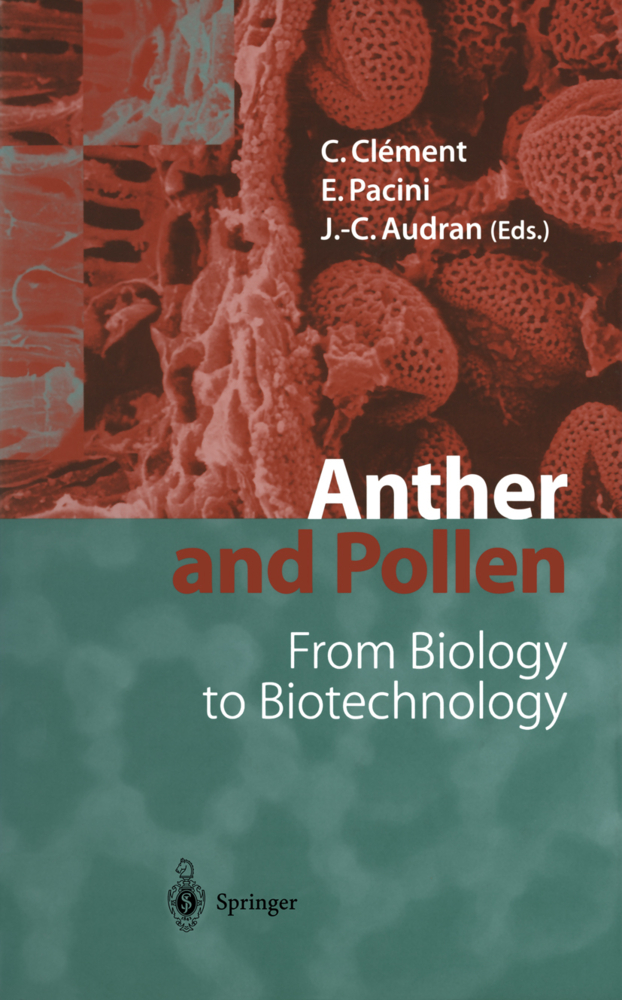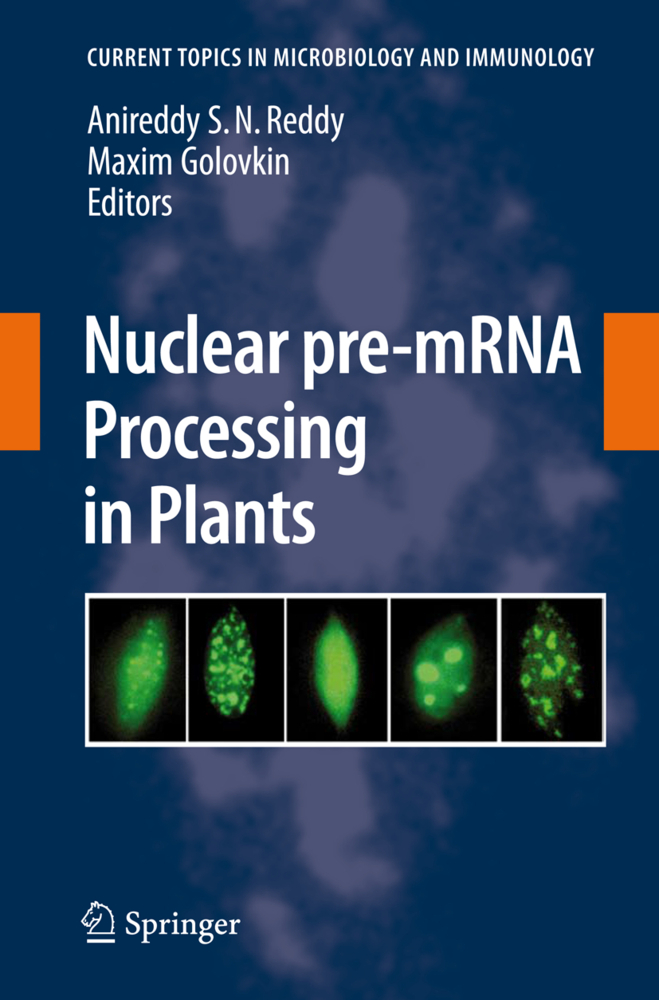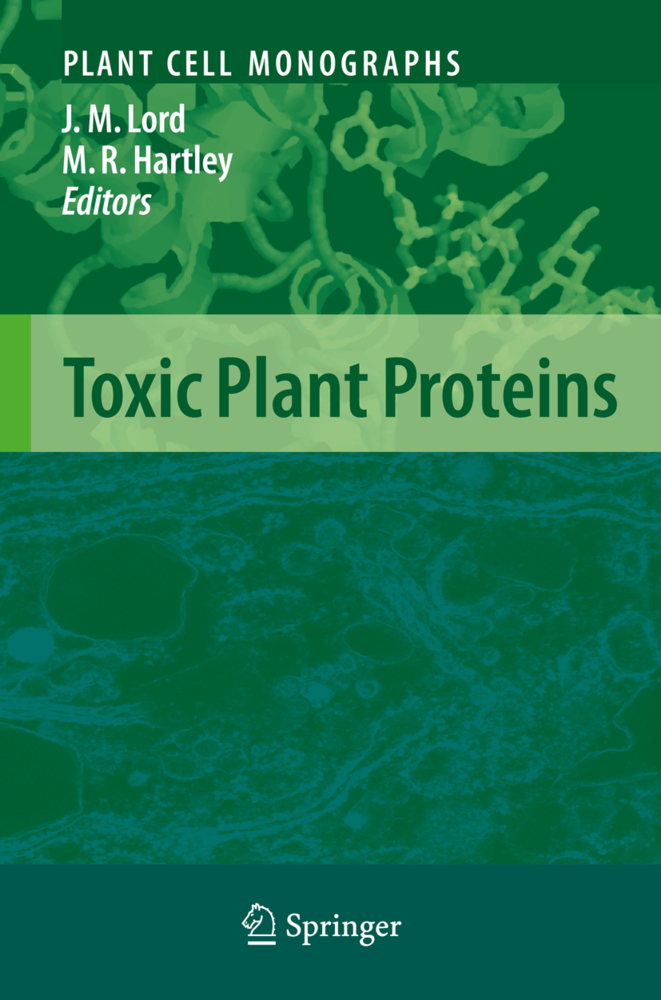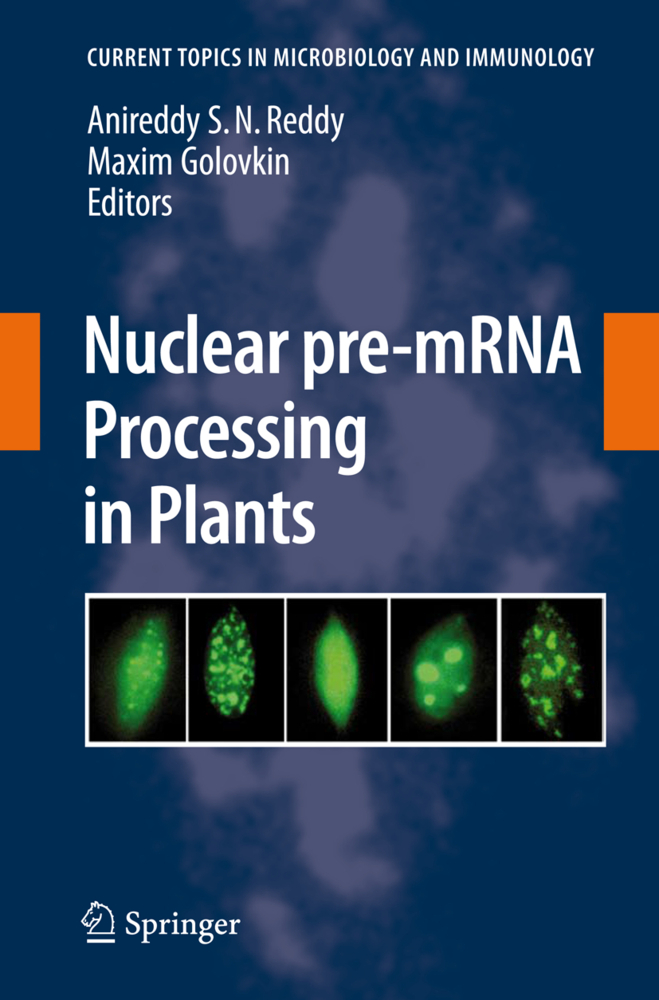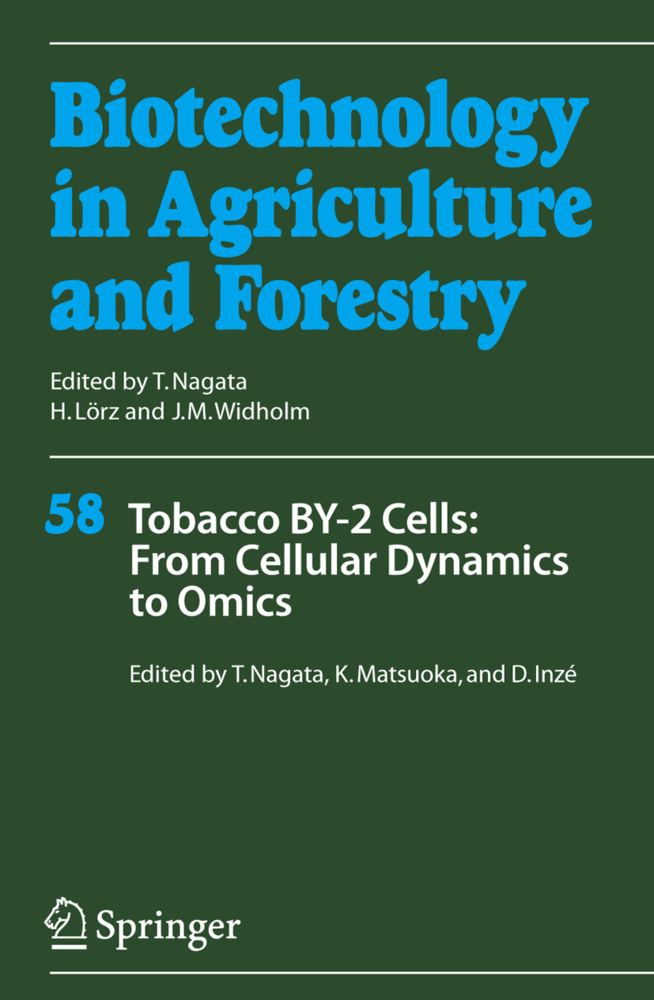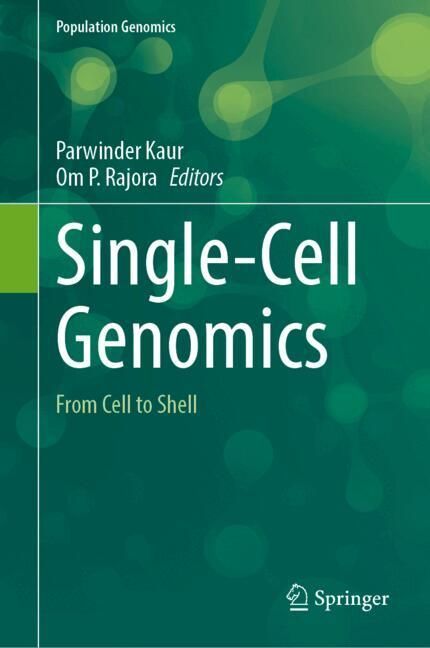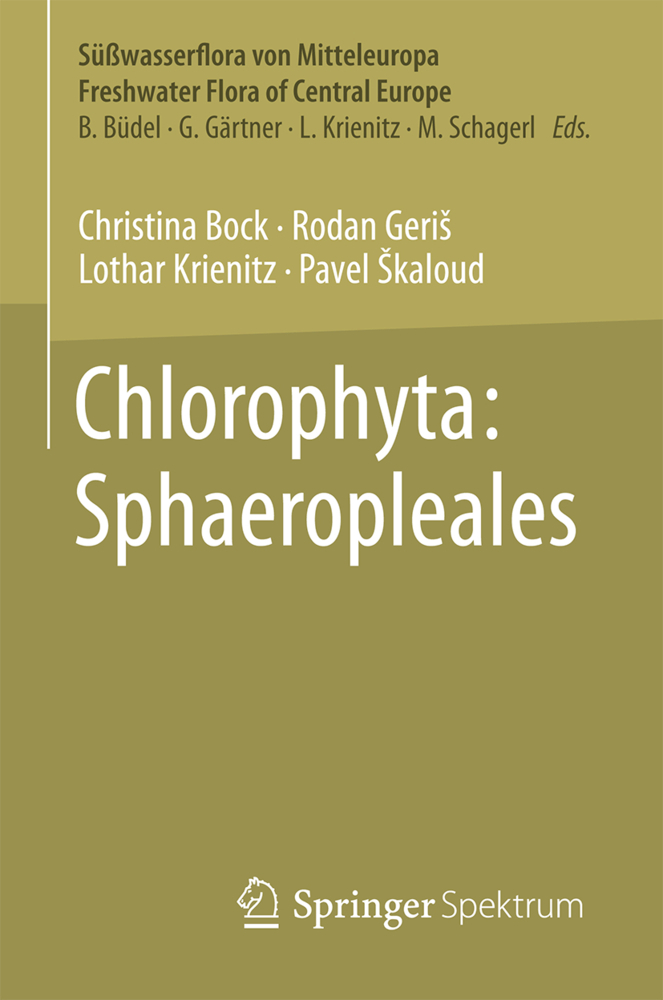Functional Organization of the Plant Nucleus
In a presentation to the Linnean Society of London in November 1831, the Scottish botanist Robert Brown (perhaps better known for his discovery of Brownian motion) mentioned almost as an afterthought that in orchid epidermal cells, a single "circular areola" could be seen, a "nucleus of the cell as perhaps it might be termed." Thus, the term "nucleus" (from Latin nucleus or nuculeus, "little nut" or kernel) was born for the compartment of the eukaryotic cell that contains the maj- ity of genetic information. One hundred and seventy-seven years later, we know that the nucleus is the site where genetic information is stored in the form of DNA, and where it is protected from damage, duplicated, divided, recombined, repaired, and "expressed." For the latter, the genetic information is faithfully transcribed from DNA to RNA, then released from the nucleus into the surrounding cytoplasm. Most likely translated into polypeptide chains, the information re-enters the nucleus in the form of diverse proteins that function in the processes listed above.
Nuclear Pores in Plant Cells: Structure, Composition, and Functions
Nuclear Export of Proteins and RNA
The Nucleoskeleton
The Role of Nuclear Matrix Attachment Regions in Plants
Chromatin Domains and Function
Integration of Agrobacterium T-DNA in Plant Cells.
Functional Organization of the Plant Nucleus
The Plant Nuclear EnvelopeNuclear Pores in Plant Cells: Structure, Composition, and Functions
Nuclear Export of Proteins and RNA
The Nucleoskeleton
The Role of Nuclear Matrix Attachment Regions in Plants
Chromatin Domains and Function
Integration of Agrobacterium T-DNA in Plant Cells.
Meier, Iris
| ISBN | 978-3-540-71057-8 |
|---|---|
| Article number | 9783540710578 |
| Media type | Book |
| Copyright year | 2008 |
| Publisher | Springer, Berlin |
| Length | XII, 192 pages |
| Illustrations | XII, 192 p. 18 illus., 2 illus. in color. |
| Language | English |

